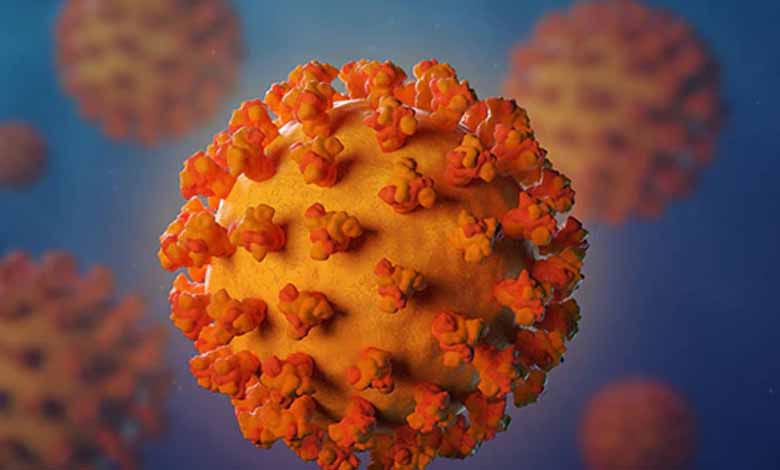Definition and difference with epidemic or pandemic

The three terms – endemic, epidemic, and pandemic – were initially dedicated to infectious diseases, before their scope widened, particularly with regard to epidemiology.
By infectious diseases, we are talking about materials “which are known or have reason to believe that they contain pathogenic agents. Pathogens are defined as microorganisms (including bacteria, viruses, rickettsiae, parasites and fungi) and other agents such as prions, which can cause disease in humans or animals. ‘animal’, as defined by the Institut Pasteur.
Endemic disease comes from the Greek “endêmon nosêma”, which means disease rooted in a particular ecosystem. It is defined by the usual presence of a disease, generally infectious in a specific population or a specific region, with a stable incidence. It is a disease permanently present in a given territory (region, country, continent, etc.) or in a population group. The spread of the disease is long-lasting but limited in space: it may, for example, represent only a few cases and remain in a latent state. The presence of the disease is known, reported, but this does not mean that it is progressing or spreading: the number of cases often remains stable.
The term was originally reserved for transmissible pathologies (malaria, cholera, yellow fever, etc.), (…)












